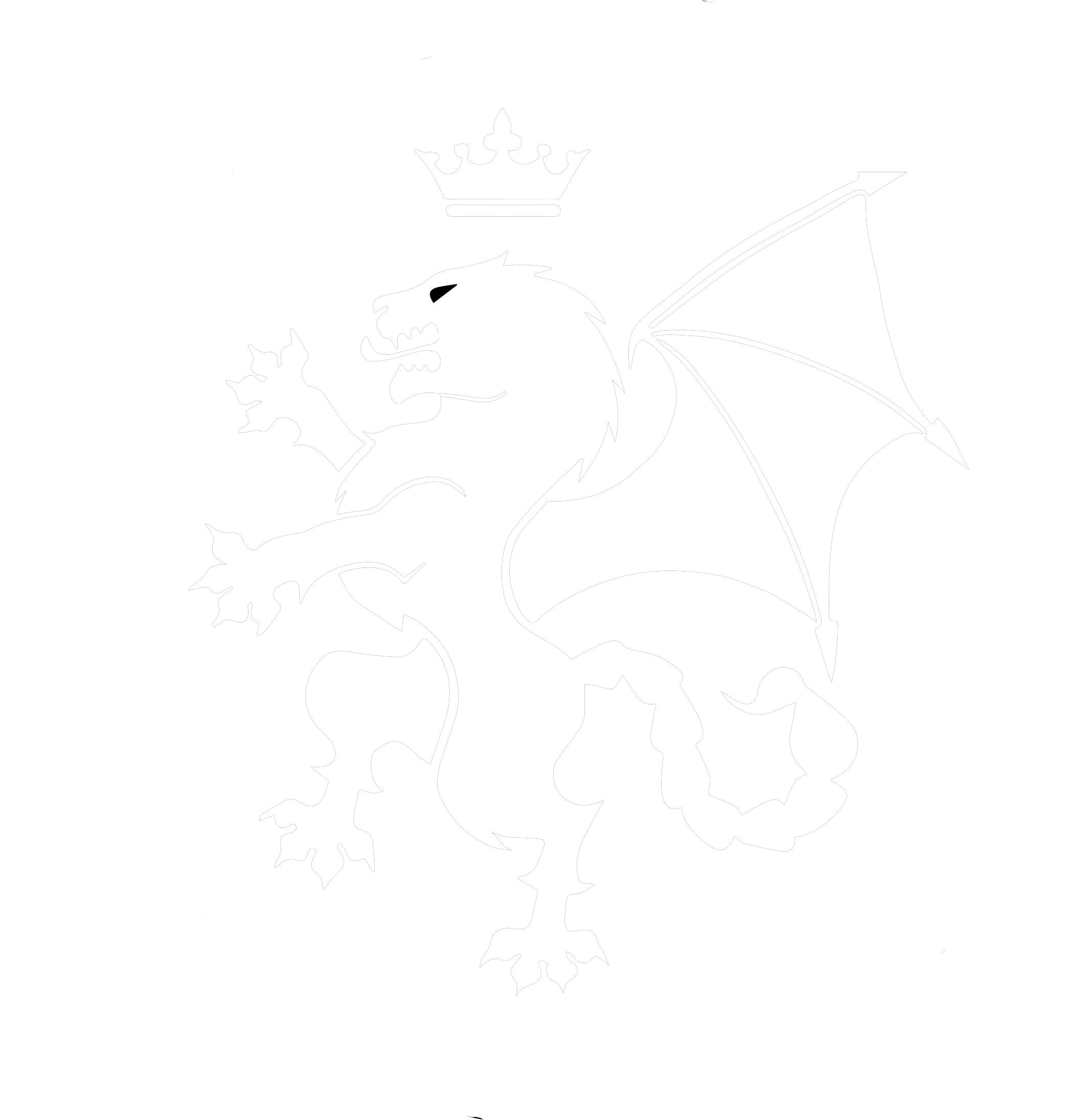Juleigh Howard-Hobson
While the Loch Ness Monster, the Jersey Devil, Bigfoot and the Abominable Snowman tend to be, if not exactly believed in per se, familiar enough to people these days to be almost mainstream ideas, there are still many other cryptozoological mysteries in existence. Some, like mermaids, have been squarely placed in the mythological category, while others – extraterrestrial and/or time travelers, for instance – have found themselves occupying the pop-edgy domain of ‘conspiracy’ theorists and alien archeologists. Still, others have remained relatively obscure, even with the internet and cable TV programs ever at the ready.
The Tatzelwurm (pronounced Tatt sell verm – German for Clawed Worm) is one of the lesser known cryptozoological beasts of the world, despite the fact that it has a long folkloric history and even a sighting recorded in this brand new millennium.
Native to the Alps (i.e.: Switzerland, Austria, France, Italy and Germany) Tatzelwurm carry a range of regional names: Daazlwurm, Füesselwurm, Pratzlwurm, Praatzelwurm Tazelwurm, Tatzlwurm, Tazzelwurm, Alps Dragon, Arassas, Stollenwurm (tunnel worm), Springwurm (jumping worm), and finally Bergstutzen (mountain stump), which all attest to the reptilian nature of this creature as well as noting some of its other interesting features, and the fact that it is renowned enough to have over a dozen names.
Coming in at around five feet long (reports vary from two feet to about seven), it is invariably described as a gray scaly creature, like a huge snake, that also has two legs and a head that resembles a cat. Which is exactly what most dragons look like, making the name Alps Dragon quite fitting. Combine this with jaws filled with ghastly sharp fangs and the ability to leap at least nine feet in a bound and you’ve got quite the Springwurm indeed.
Tales of the Tatzelwurm have existed as long as folk memory serves, with the first particularly recorded report being made in 1779 by one Hans Fuchs (who after telling of his wurm experience – he saw two of them gamboling together – immediately died of fright) and the first illustration appearing in 1836 (in a Bavarian hunting journal).
Tatzelwurm is not a gregarious creature, it prefers to remain alone and aloof – but will, when stumbled upon, emit hisses, high-pitched shrieks, and a poisonous gas. And, like so many solitary dragons, the Tatzelwurm is constantly stumbled upon – whether it is a hibernating wurm being disturbed by plowing, or a just-waking wurm taking a fancy to a juicy spring lamb dinner or a hiker’s picnic spread – modern history is rife with reports from Alpine hikers and local farmers.
As recently as 2009, hikers in the Tresivio region of Italy, which is by Switzerland, lodged multiple reports of a ‘basilisk’ (Italian for dragon) sighting…which were eventually declared to be nothing more than Monitor Lizards that had escaped their owners.
Even more interesting than sightings of a supposed dragon is physical remains, which are so rare as to be nonexistent for almost every ‘legendary’ creature out there. But, in 1924 a Tatzelwurm skeleton was claimed to be found, with another found in 1970 and in the year 2000 another came to light, the last one was given to the Geneva Institute of Science. While none have been substantiated by accredited institutions (this is in perfect keeping with cryptozoological matters), neither have they been proven to be anything else (again, in keeping with Cryptozoology) although there was some speculation regarding escaped Gila Lizards and owners…
Whether or not the Tatzelwurm is a dragon or merely a large hitherto-unknown lizard with a catlike face that emits lethal gas while jumping around the Alps, there is more to this lengthy European legend than its scant celebrity would show. And, I think the wurm – whatever it is – is just fine with that.
Feature Photo: Wolfgang Sauber. Salzburg city (Austria). House of Nature – Ethnology: Tatzelwurm, an Alpine legendary creature.
Illustration (fig. X) – depicting a mythical “Alpine dragon” from Ouresiphoítes helveticus, sive Itinera per Helvetiæ alpinas regiones facta, 1723, by Johann Jakob Scheuchzer (1672-1733).

